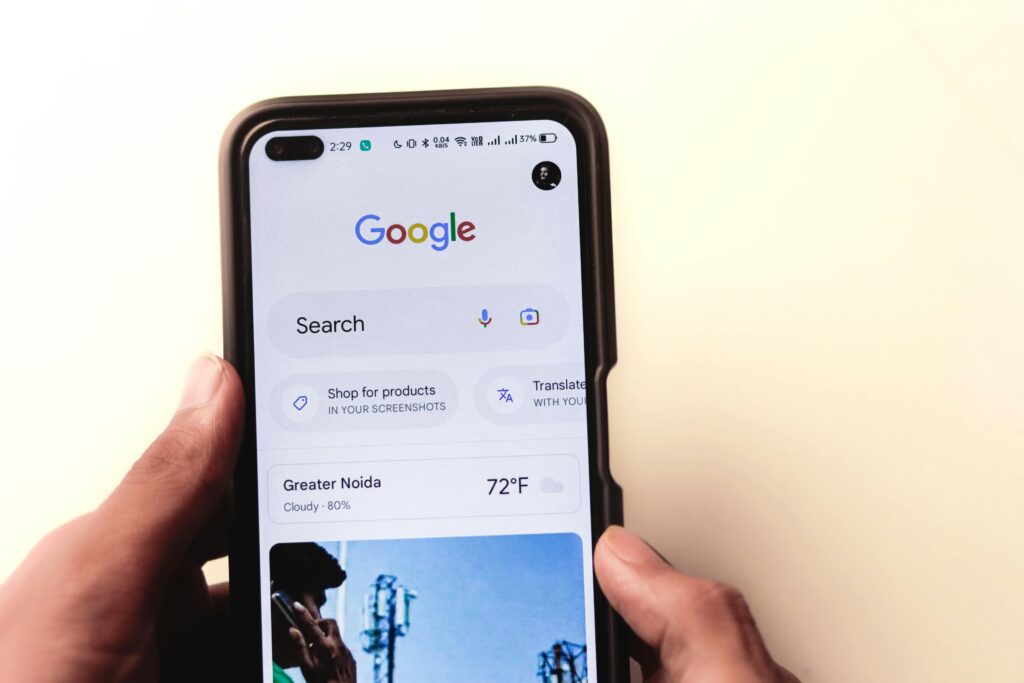Imagine this: You’ve just launched a brand new website for your startup, and are excited to see the fruits of your labor. But as days turn into weeks, you notice something troubling. Traffic is flat, and engagement metrics are dismal. What went wrong? In our years of experience in web design and development, we’ve seen it all, from sleek but ineffective sites to visually stunning platforms that fail to convert. Let’s dive into the top five web design mistakes that could be sabotaging your success and how you can avoid them.
1. Neglecting Mobile Optimization
In 2024, mobile traffic accounts for over half of all web traffic, so if your website isn’t optimized for mobile, you’re missing out on a massive audience. A few years ago, I knew a designer who redesigned a site for a local bakery. The original site looked great on desktop but was nearly unusable on mobile devices. Users struggled to navigate the mobile site, and as a result, the bakery saw a significant drop in online orders. By implementing a responsive design, the bakery’s mobile traffic increased by 40%, and their online orders soared.
Ensure your website design is responsive, meaning it adapts seamlessly to different screen sizes. Prioritize a mobile-first approach, as this ensures your site performs well on all devices. Google also favors mobile-friendly sites in search rankings, which can improve your SEO performance.

2. Overloading Pages with Content
We all want to showcase our expertise, but overloading your website with text-heavy content can overwhelm visitors and dilute your message. I remember working with a client who insisted on cramming every detail of their services onto the homepage. Visitors were quickly overwhelmed by the cluttered layout and excessive scrolling, leading to high bounce rates.
Streamline your content to focus on key messages and calls to action. Use whitespace effectively to create a clean, readable design. Break up text with headings, bullet points, and visuals to make your content more appealing. This not only improves user experience but also enhances readability, making it easier for users to engage with your content.
3. Ignoring User Experience (UX) Principles
A visually stunning website is impressive, but it’s the user experience that keeps visitors coming back. One client of ours had a beautifully designed site with great animations, but users found it difficult to navigate. Essential elements like the contact form were buried under layers of interactive features. The result was a high abandonment rate and frustrated users.
Focus on creating an intuitive navigation structure and ensure that users can easily find what they’re looking for. Conduct usability testing to identify and address pain points. Prioritize clear calls to action (CTAs) and make sure your site’s design supports an effortless user journey.
4. Neglecting SEO Best Practices
You might have the most beautiful website on the internet, but if it’s not optimized for search engines, it won’t be seen by potential customers. I once revamped a site for a tech startup that had amazing content but was buried in search results. We implemented on-page SEO tactics, such as optimizing meta tags, using relevant keywords, and improving site speed, which significantly boosted their search engine rankings.
Incorporate SEO best practices into your web design strategy from the outset. This includes optimizing meta descriptions, using alt text for images, and ensuring fast load times. Conduct keyword research to understand what your audience is searching for and incorporate these keywords naturally into your content.
5. Using Inconsistent Branding
Consistency is key when it comes to branding. We had a client who used different fonts, colors, and styles across various pages of their site. This inconsistency confused visitors and undermined their brand’s credibility. By unifying the design elements, we helped them establish a cohesive brand identity that resonated with their audience.
Maintain consistency in branding elements such as colors, fonts, and imagery throughout your site. This helps create a unified brand identity and makes your website more recognizable. Consistent branding not only strengthens your brand’s image but also builds trust with your audience.
Wrapping Up
Avoiding these common web design mistakes can dramatically enhance your website’s performance and user engagement. From ensuring mobile optimization to focusing on user experience, each element plays an important role in the success of your site. A well designed website isn’t just about looking good, but also about providing a seamless, intuitive experience that meets the needs of your visitors. By addressing these key areas, you’ll be well on your way to creating a website that not only attracts but also retains and converts your audience.






